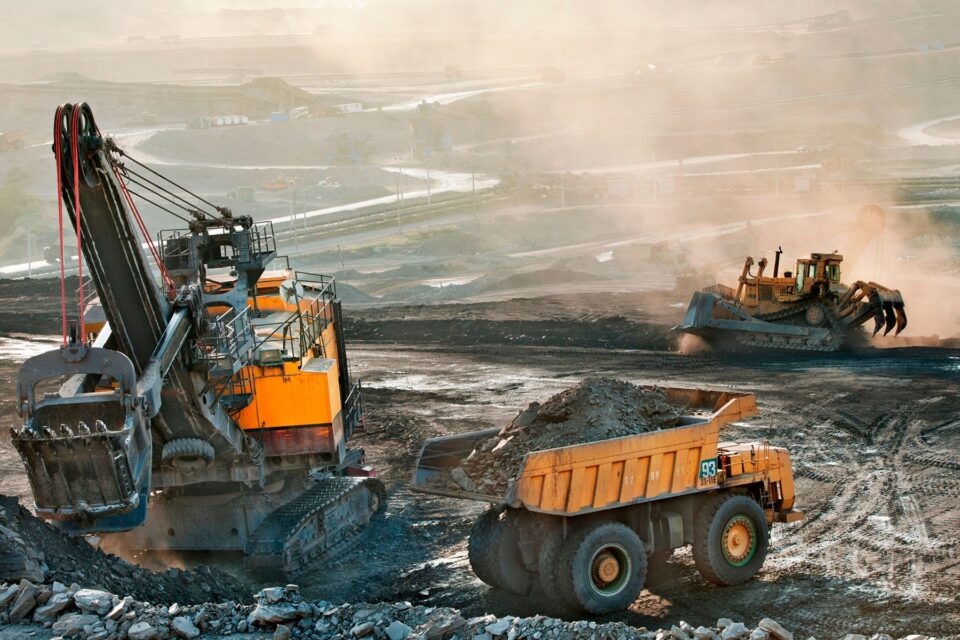As Europe races to secure critical raw materials for its green and digital transitions, attention is turning back to domestic mining. Yet outdated waste management rules are casting a shadow over the continent’s ambitions—particularly for bulk cargo industries that rely on safe, stable mineral supply chains.
The EU’s Critical Raw Materials Act targets sourcing 10% of its raw mineral consumption from within Europe by 2030. But with mining having steadily declined across the region for decades, the legal framework governing the sector—especially waste from mining and quarrying, the world’s largest waste stream—is dangerously out of date. The EU Extractive Waste Directive, last revised in 2006, lags behind international benchmarks in safety, oversight, and environmental responsibility.
For cargo and dry bulk stakeholders, this isn’t just an environmental issue—it’s a logistics and reputational risk. Tailings and other mine waste, if mismanaged, can threaten nearby communities, disrupt supply chains, and expose operators to liability and costly delays. The Brumadinho dam disaster in Brazil is a sobering example: over 250 lives lost and long-lasting damage to a major logistics corridor. Europe has had its own high-profile incidents in Baia Mare (Romania), Kolontar (Hungary), and Talvivaara (Finland).
Beyond the risks, mining waste also represents a major untapped opportunity. Re-mining of tailings—already practiced in various parts of the world—can extract valuable minerals like cobalt, powering hundreds of thousands of electric vehicles and reducing the need for new extraction. This aligns directly with Europe’s circular economy goals and could foster the emergence of new supply chains within the EU.
However, major gaps remain:
- Best available technologies like dry-stacked filtered tailings are not mandatory under EU law, even though they’re already used by leading mining firms in countries like Canada and Gabon.
- There’s no harmonised liability period for post-mine closure monitoring, leaving communities and ecosystems exposed.
- Critically, unlike Brazil or China, EU law doesn’t prohibit building tailings dams near populated areas. A proposed dam in Touro, Spain, just 200 meters from the village of Arinteiro, highlights the danger.
For the EU to play a credible role in the global mining and bulk transport sectors, it must modernise its regulations. Three clear steps are needed:
- Upgrade the Extractive Waste Directive into a full European Regulation on extractive and circular waste. This would ensure uniform application across member states, integrate re-mining as a resource strategy, and support the growth of innovative, low-waste technologies.
- Mandate the use of the safest storage and monitoring technologies—such as dry-stacked filtered tailings—to reduce accident risks, build community trust, and provide a more stable base for mining-linked cargo operations.
- Align with the global “Safety First” Guidelines, endorsed by over 150 organisations. These guidelines offer a roadmap for site design, closure procedures, financial safeguards, and governance systems.
In the context of growing global competition for resources and rising public scrutiny of industrial operations, Europe can’t afford to ignore these weaknesses. A modernised regulatory regime would not only enhance environmental and human safety, but also strengthen the reliability and competitiveness of European mineral exports—a strategic advantage for the dry bulk and cargo industries navigating an era of resource nationalism and disrupted global trade.
With the Circular Economy Act on the horizon, the European Commission has an opportunity—and responsibility—to bring its mining sector in line with global best practice. The time to act is now.


